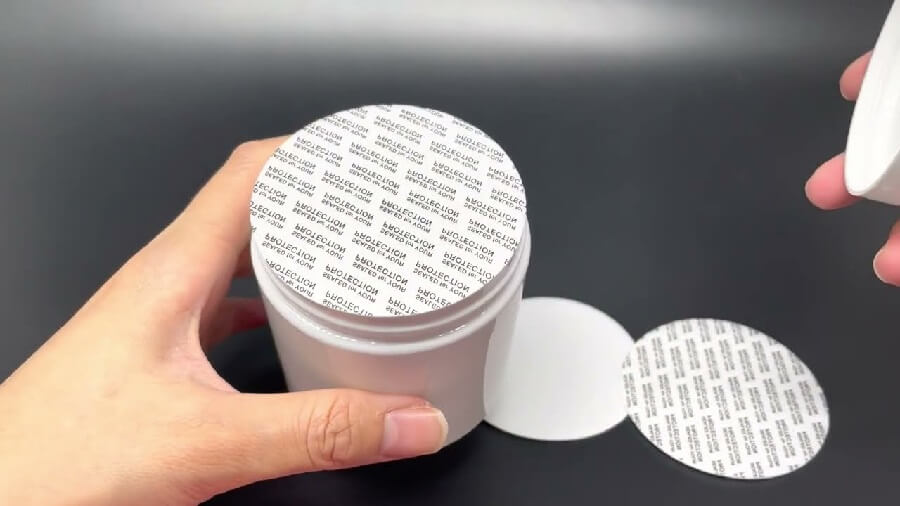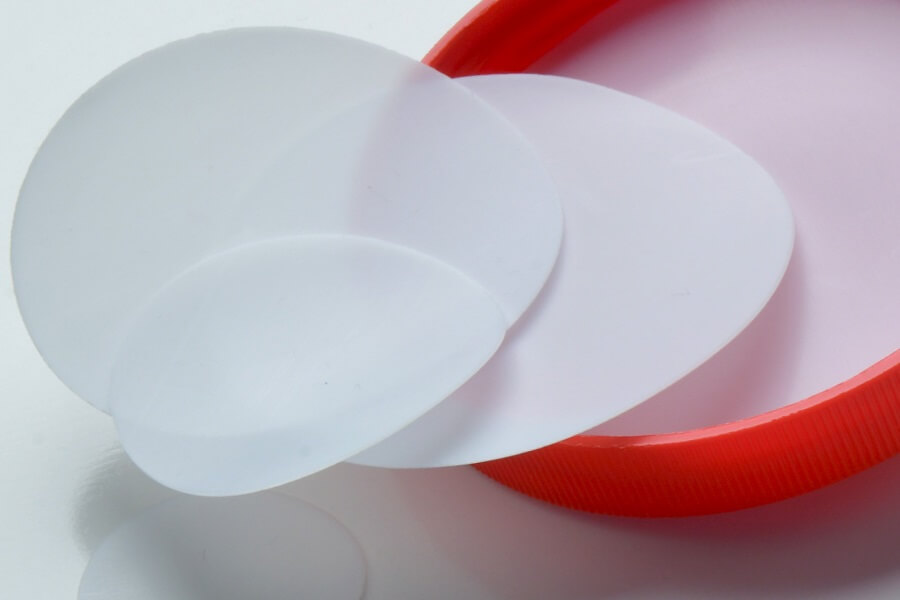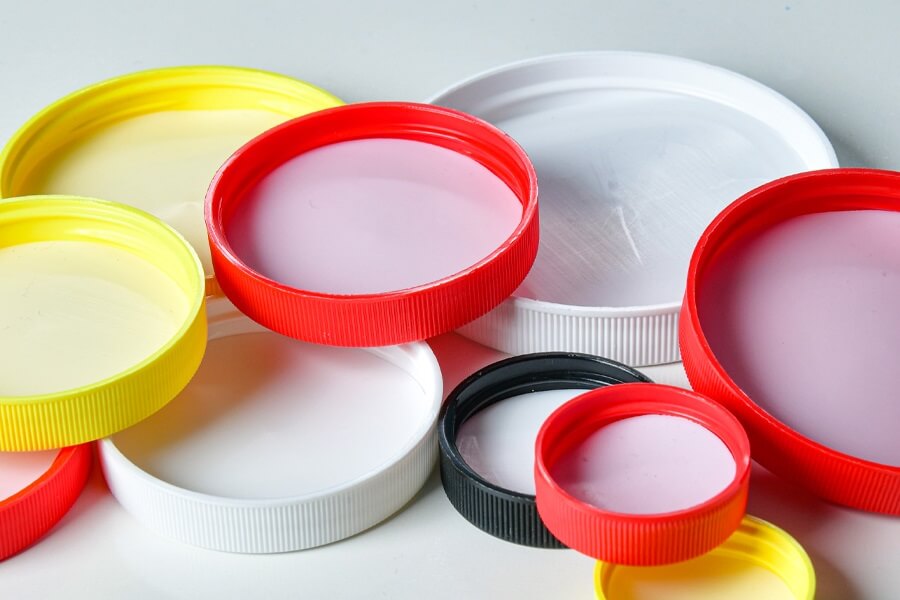Packaging plays a pivotal role in preserving the quality and shelf life of products, and cap liners are a crucial component in this regard. They serve as a barrier between the contents of a container and the external environment, preventing leakage, contamination, and ensuring freshness.
When it comes to choosing the right cap liner material, several options are available, including foam, foil, PTFE (polytetrafluoroethylene), PE (polyethylene), and PP (polypropylene). Each material has its unique properties and applications, making it essential to understand their strengths and weaknesses to make an informed decision.
Foam Cap Liners
Foam cap liners are widely used for their sealing properties. They are typically made from materials like polyethylene foam or polyurethane foam. Foam liners are excellent at creating an airtight seal, which is essential for products that need to maintain freshness and prevent moisture or oxygen from entering the container. They are commonly used in the pharmaceutical and food industries. However, they may not be suitable for products that require a strong chemical barrier, as foam liners are generally porous.

Foil Cap Liners
Foil cap liners are made of aluminum foil or a combination of foil and a plastic layer. They are known for their excellent barrier properties. Foil liners provide an exceptional moisture and oxygen barrier, making them ideal for products that are sensitive to these elements, such as vitamins, herbs, and chemicals. They also offer protection against UV rays, which is essential for light-sensitive products. Foil liners are not as flexible as foam liners, and they may not work well with all types of containers. Their primary focus is on sealing and protecting the contents.
PTFE Cap Liners

PTFE cap liners are made from a synthetic fluoropolymer, known for its non-stick and chemical-resistant properties. PTFE is commonly used in laboratory and industrial settings. PTFE liner provides an excellent chemical barrier, making them suitable for products that may react with other liner materials. They also have high-temperature resistance, which is crucial for sealing containers with hot contents. However, PTFE cap liners may not provide the same level of moisture resistance as foam or foil, so they are not the best choice for products that need to stay dry.
PE Cap Liners
Polyethylene cap liners are made from a versatile plastic that is known for its durability and chemical resistance. PE and UHMW-PE liners are suitable for a wide range of products, including food, beverages, and chemicals. PE liners are typically made from Polyethylene sheets and UHMW-PE liners are made from UHMW Polyethylene sheets, they are both available in various thicknesses, allowing for customization based on the specific requirements of the product. Polyethylene liners are cost-effective and can provide a good seal, but they may not be the best choice for products that require an exceptional moisture or oxygen barrier.
PP Cap Liners
Polypropylene cap liners are another type of plastic liner that is widely used in the packaging industry. They offer a balance between cost-effectiveness and sealing performance. PP liners work well with a variety of products, including food, pharmaceuticals, and chemicals. They provide a good moisture and chemical barrier but may not be as effective as foil or PTFE for products that require a higher level of protection.
In Conclusion
The choice of cap liner material depends on the specific needs of your product and the industry in which you operate. Foam cap liners are excellent for sealing and maintaining freshness but may not provide the best chemical or moisture resistance. Foil liners excel in providing exceptional barriers against oxygen and moisture, making them ideal for sensitive products. PTFE liners are best for chemical resistance and high-temperature sealing, while PE and PP liners offer versatility and cost-effectiveness for a wide range of applications.

